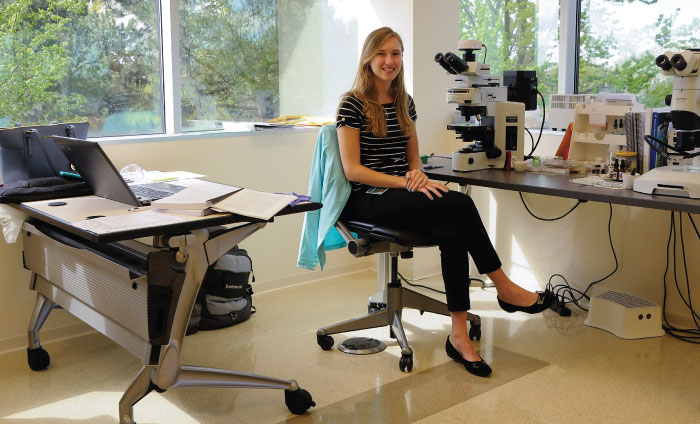The New Particle Analyst
Fifty years ago, McCrone Associates published what has turned out to be perhaps the most popular book on microscopical particle identification, The Particle Atlas. Simply referred to by many practicing microscopists as “The Atlas,” the one-volume first edition of The Particle Atlas sold out its first print run in a matter of a few short months. In an effort to hold customers over until the next four-volume expanded version of the Atlas was released, it was decided that a supplement called The Particle Analyst would be distributed monthly as a loose leaf publication. Newly-published three-hole punched pages of The Particle Analyst would arrive in the subscriber’s mailbox, and they would compile the pages themselves in a black vinyl three-ring binder. The Particle Analyst compiled was later sold as a 24-chapter book, which included short articles, Consultant’s Quizzes, and, of course, newly-characterized particles that would eventually appear in the new published version of The Particle Atlas.
In keeping with the spirit of The Particle Analyst we have reimagined its purpose; it is now the capstone project for all Hooke College of Applied Sciences 3+1 students and Industrial Microscopy Specialization students. As students make their way through their programs of study, they have to complete a capstone project. Students receive a material, usually chosen by their advisor, which they characterize completely for eventual submission to the online Atlas of Microscopic Particles. However, since all of the online Atlas entries are anonymous, we first publish the capstone project on Modern Microscopy so that the student’s work can be attributed to them and act as a portfolio.
Our latest entry is by Josephine Mueller, recent graduate of North Central College who is now a cleanroom microscopist at McCrone Associates. Her characterization of mallard duck eggshell particles is now published on Modern Microscopy. To continue developing her skills as a new particle analyst, she plans on characterizing other types of eggshells to add to the Atlas. We talked with Josie about her work on the mallard duck eggshell particles, and she offered a few tips that we would like to share with you.

During the initial analysis she found it helpful to have a handheld flashlight available for reflected light when the lighting from her microscope wasn’t strong enough. At the College, we give the students a mini Maglite® to use for reflected light work. They are small so they are easy to store at your bench, and they produce a very strong beam of light for reflected light analysis.
Josie found it difficult to recognize the inside versus the outside of the eggshell particles. Using larger pieces helped to recognize the curvature of the shell and tell which side was which.
Josie noted that it was important to collect the energy dispersive X-ray spectroscopy data before coating the sample so that the coating would not interfere with the elemental analysis. To capture good images by scanning electron microscopy, she needed to coat the samples in gold/palladium and had to use a high accelerating voltage.
Josie adds that even though the solubility tests for carbonates were not definitive, they were worth her time. The tests for carbonates verified what the instruments were telling her. She also learned that it is important to use fresh reagents for best results.
The above tips give you a sense of what Josie learned along the way while characterizing this sample. She will draw on these past experiences as part of her microscopy tool kit and develop others during her career as a microscopist, applying them to future samples.
Practical information like this can be found in the Atlas; there are nearly ninety of these tutorials. Just login to the Atlas (by the way, it’s free) and type in the word “tutorial” in the search field. The results will give you all of the microscopical particle characterizations that contain short tutorials within the text of the PLM tab—look for the subheading labeled “Tutorial.”
What’s nice is that most of the tutorials are from samples that can be easily obtained from your local grocery or home improvement store. So start building your own sample set from these easy-to-find samples, and then go to the Atlas and read about them. As you become familiar with the sample, you will find that they each have their own personality: the way they look and feel, how they behave on the hotplate when you prepare them in MeltMount®, if they dissolve or not when you place them in refractive index liquids, etc.
Read Josie’s full microscopical characterization of a mallard duck eggshell. The Atlas characterization will be available in the coming weeks.
Comments
add comment